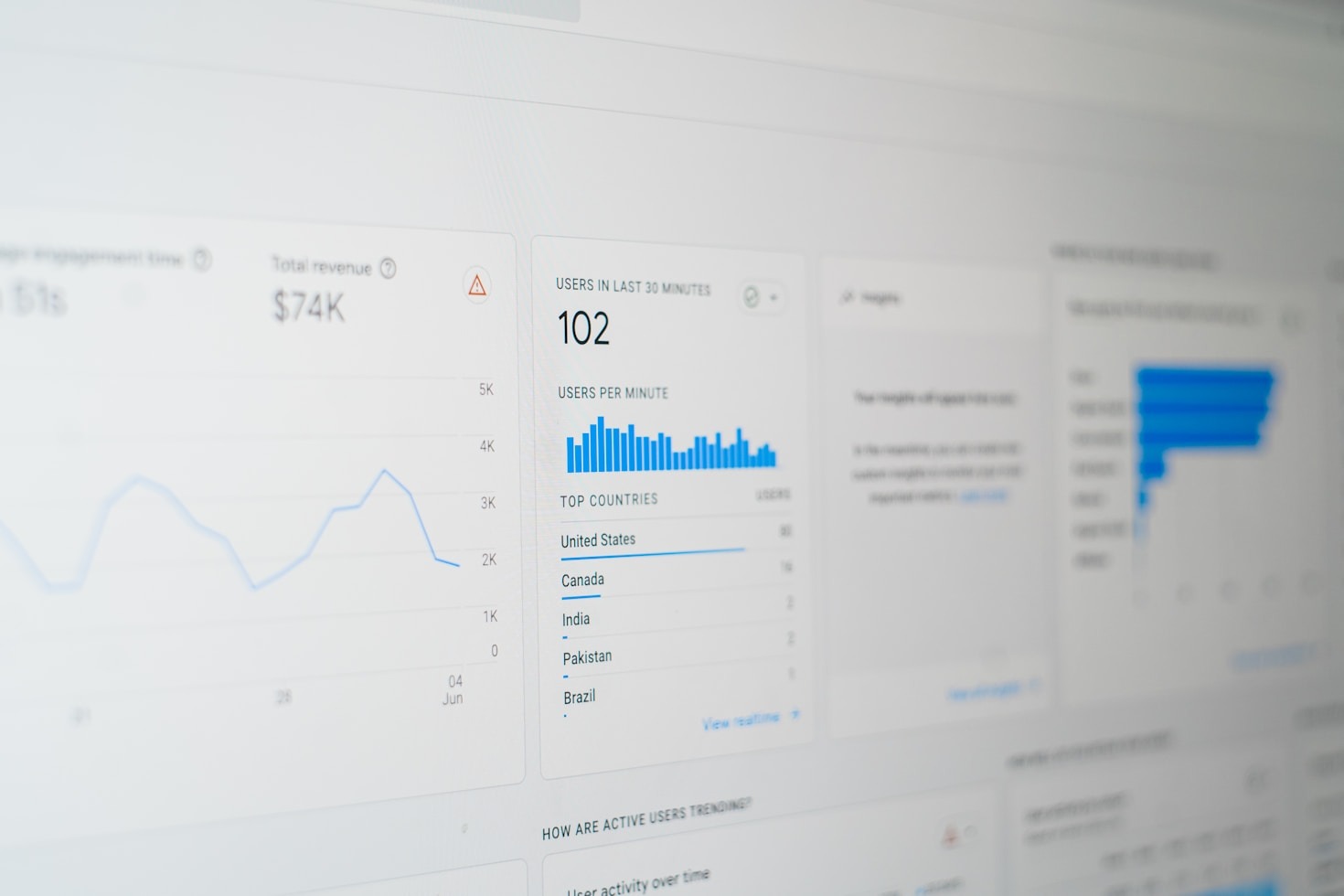In the digital world, having traffic on your website is just the beginning. The truly valuable thing is understanding what users do when they arrive, where they come from, and why they leave. This is where Traffic Insights comes in, a key resource for any optimization strategy. In this practical guide, we’ll show you how to use this data to improve the performance of your website, your advertising campaigns, and the user experience.
“What is not measured, cannot be improved.”
— Peter Drucker
What are Traffic Insights and why do they matter?
Traffic Insights are detailed data about visitor behavior on your website. They include information such as:
Traffic sources: organic, paid, referral, social, and direct.
Most visited pages and bounce rates.
Dwell times, devices used, and geographic location.
Conversion funnel and leakage points.
This data allows you to make decisions based on facts, not assumptions. For example, if you notice that organic traffic converts better than paid traffic, you can adjust your investment. Or if a specific page has high traffic but low conversions, you could improve its content or call to action.


Recommended tools for accurate insights
There are many tools for analyzing traffic, but these are some of the most effective:
Google Analytics: the most comprehensive and free. Ideal for viewing user behavior, navigation paths, and sources.
Google Search Console: perfect for understanding which keywords are bringing you traffic and how your SEO is performing.
Hotjar / Microsoft Clarity: allows you to view heat maps and session recordings.
SiteTrafficChecker: ideal for spying on competitors’ traffic or detecting suspicious spikes.
How to transform data into decisions
Audit traffic sources: Identify which channels bring in the most users, but also which ones convert best. Sometimes less traffic of better quality is worth more.
Analyze high-traffic pages: Optimize their content, speed, and calls to action. This is your opportunity to convert visitors into customers.
Detect bottlenecks: If many users abandon at a certain point in the funnel, something isn’t working (long form, confusing process, lack of trust).
A/B Testing: Based on your insights, test variants of your pages, ads, or titles to improve results.
Optimize for devices and locations: If your traffic comes primarily from mobile devices, but your site isn’t mobile-friendly, you’re missing out on opportunities.


Leave a Reply